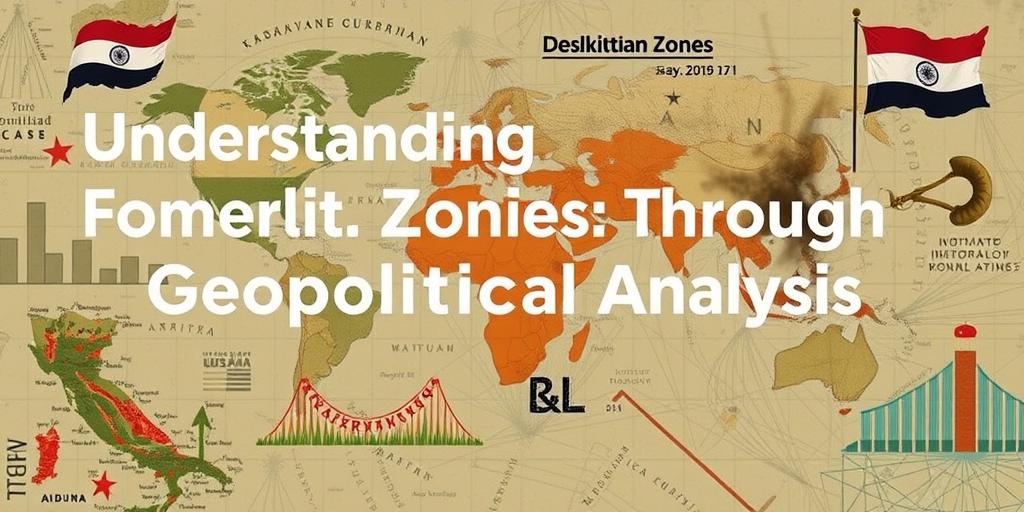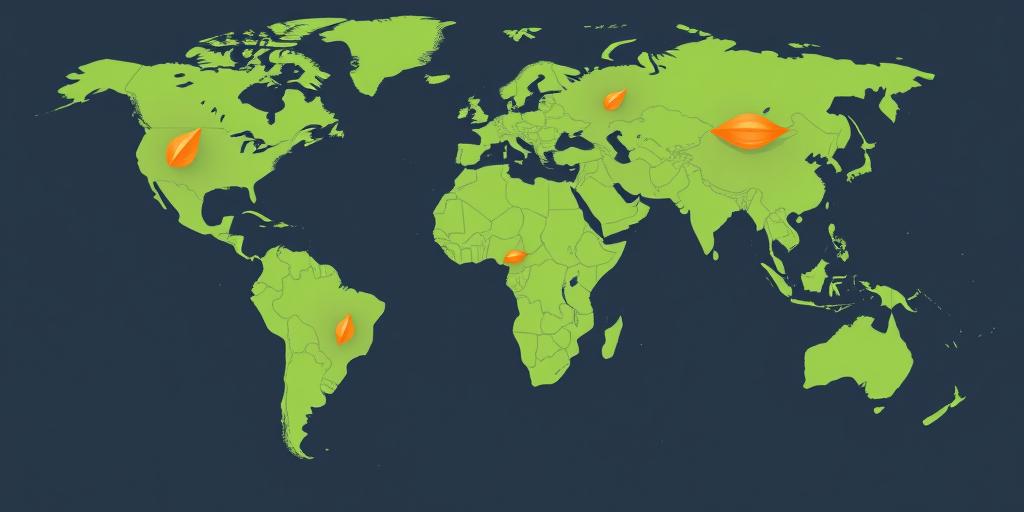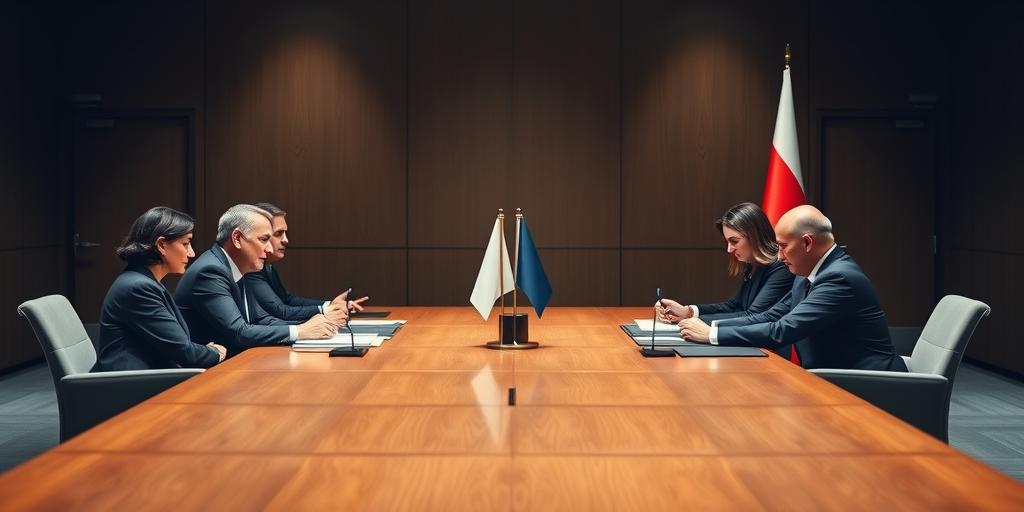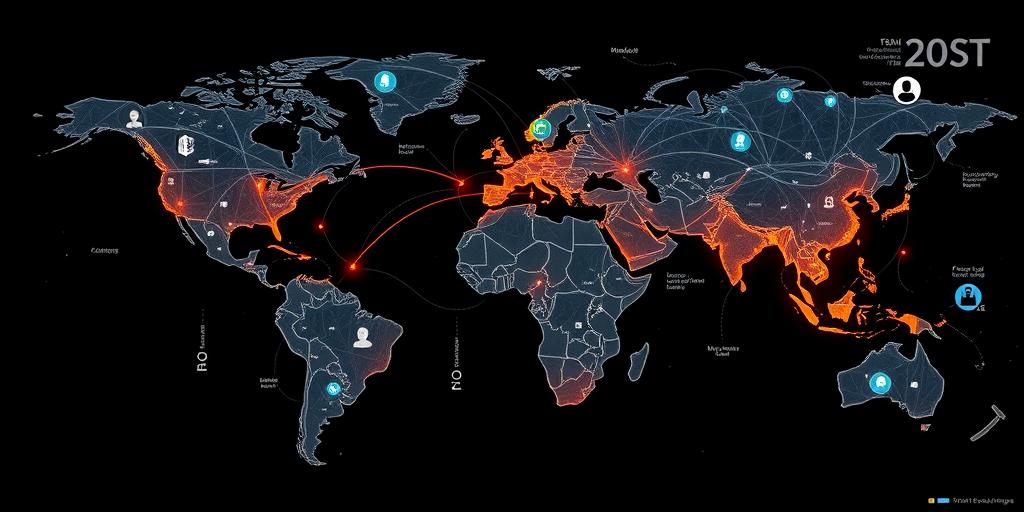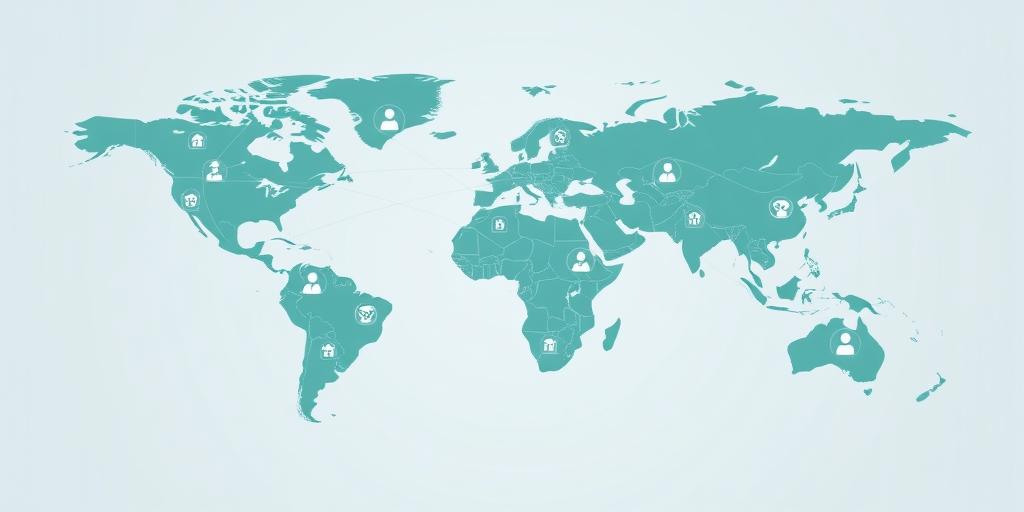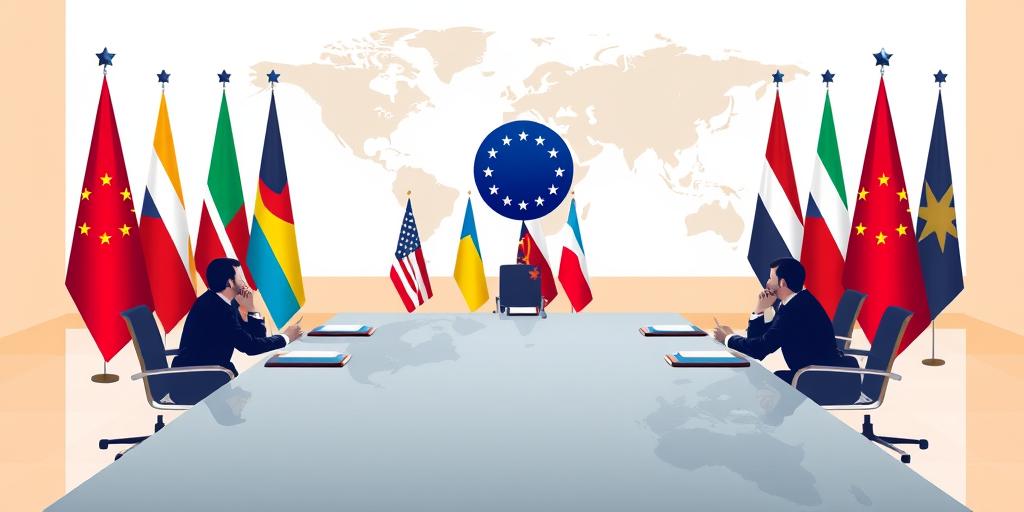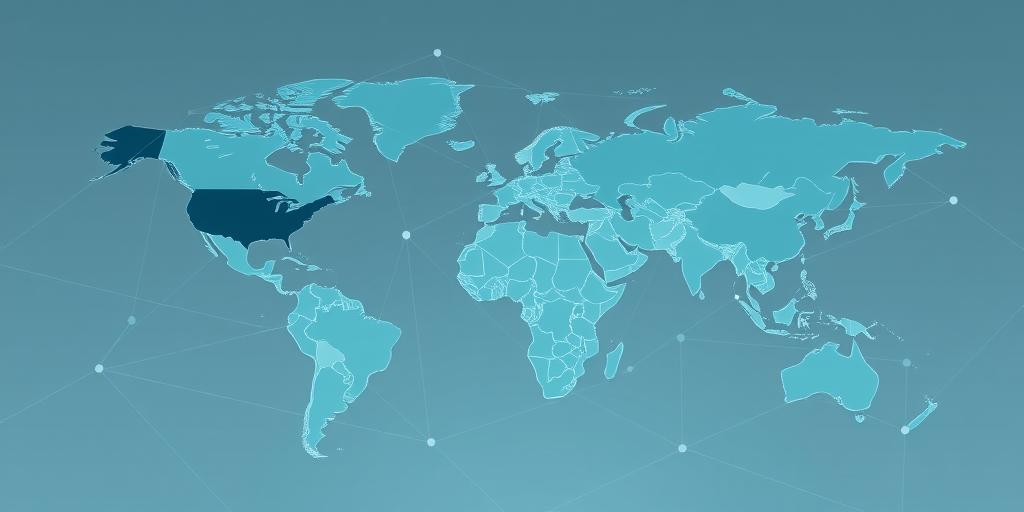
International Relations in a Multipolar World
International Relations in a Multipolar World
In the 21st century, the global landscape has evolved from a unipolar system dominated by a single superpower to a multipolar world characterized by multiple centers of power and influence. This shift presents both opportunities and challenges for international relations, requiring a nuanced understanding of the dynamics at play.
Understanding Multipolarity
Multipolarity refers to a global system where power is distributed among several states or actors, each possessing significant economic, military, or political influence. Unlike a unipolar system, where one state exerts dominant control, or a bipolar system, where two states vie for supremacy, a multipolar world is more complex and fluid.
Key characteristics of a multipolar world include:
- Multiple Power Centers: Several states or blocs of states possess substantial capabilities and exert influence on regional and global affairs.
- Fluid Alliances: Alliances and partnerships are often shifting and issue-specific, as states align based on shared interests and strategic considerations.
- Increased Competition: Competition for resources, markets, and influence intensifies, leading to potential rivalries and conflicts.
- Complex Interdependence: States are increasingly interconnected through trade, investment, and communication, creating both opportunities for cooperation and vulnerabilities to disruptions.
Key Actors in a Multipolar World
The current multipolar world is characterized by the rise of new powers and the re-emergence of historical actors. Some of the key players include:
- United States: While its relative power may have declined, the United States remains a major economic and military power with global interests.
- China: China's rapid economic growth and military modernization have transformed it into a major player in international affairs.
- European Union: The EU represents a significant economic and political bloc, although its influence is sometimes hampered by internal divisions.
- Russia: Russia seeks to reassert its influence in its near abroad and beyond, particularly in the energy and security realms.
- India: India's growing economy and strategic location make it an increasingly important actor in the Indo-Pacific region.
- Other Regional Powers: Other regional powers, such as Brazil, South Africa, and Turkey, also play significant roles in their respective regions.
Challenges and Opportunities
The shift to a multipolar world presents both challenges and opportunities for international relations.
Challenges:
- Increased Instability: The absence of a single dominant power can lead to greater instability and uncertainty, as states jostle for influence and pursue conflicting interests.
- Great Power Competition: Competition among major powers can escalate into rivalries and conflicts, particularly in contested regions.
- Rise of Nationalism and Protectionism: Economic nationalism and protectionist policies can undermine international cooperation and exacerbate tensions.
- Transnational Threats: Transnational threats such as terrorism, climate change, and pandemics require collective action but can be difficult to address in a fragmented world.
Opportunities:
- Greater Diversity of Perspectives: A multipolar world allows for a greater diversity of perspectives and approaches to global challenges, potentially leading to more innovative solutions.
- Increased Cooperation on Shared Interests: States may be more willing to cooperate on issues of common concern, such as trade, investment, and environmental protection.
- Regional Solutions to Regional Problems: Regional powers can play a greater role in addressing regional conflicts and promoting stability.
- New Partnerships and Alliances: States can form new partnerships and alliances to address specific challenges and promote shared interests.
Navigating a Multipolar World
Successfully navigating a multipolar world requires a combination of diplomacy, cooperation, and strategic foresight. Some key strategies include:
- Strengthening International Institutions: International institutions such as the United Nations, the World Trade Organization, and the International Monetary Fund play a crucial role in promoting cooperation and managing conflicts.
- Promoting Multilateralism: Multilateralism, the practice of coordinating policies and actions among multiple states, is essential for addressing global challenges.
- Investing in Diplomacy and Dialogue: Diplomacy and dialogue are essential for building trust, resolving conflicts, and promoting understanding among states.
- Balancing Power and Interests: States must carefully balance their own power and interests with the need to maintain stability and avoid escalation.
- Adapting to Change: The international system is constantly evolving, and states must be prepared to adapt to new challenges and opportunities.
Conclusion
The transition to a multipolar world presents both challenges and opportunities for international relations. By understanding the dynamics at play, strengthening international institutions, promoting multilateralism, and investing in diplomacy and dialogue, states can navigate this complex landscape and work towards a more peaceful, prosperous, and sustainable future.

